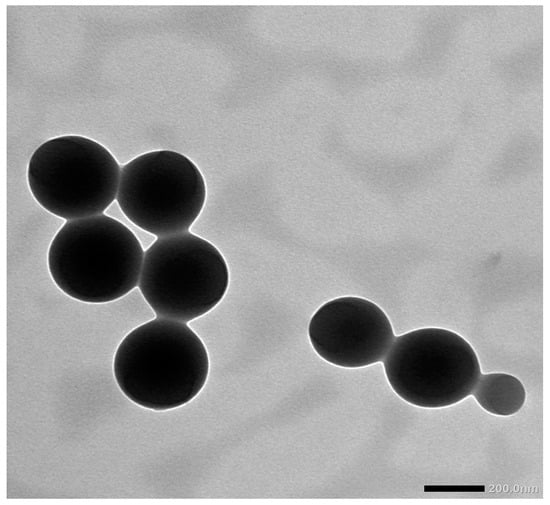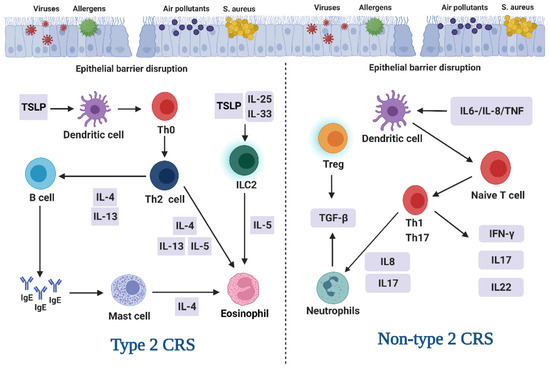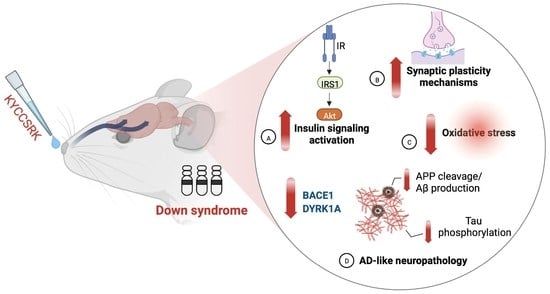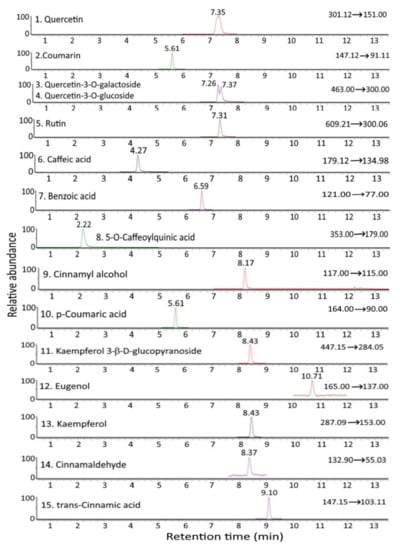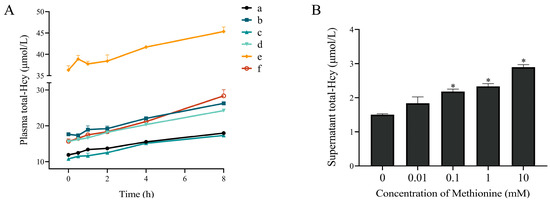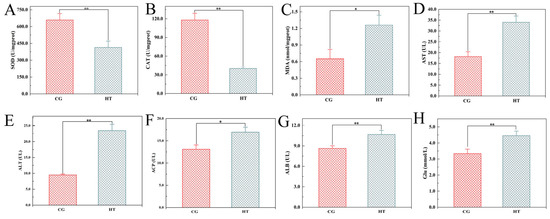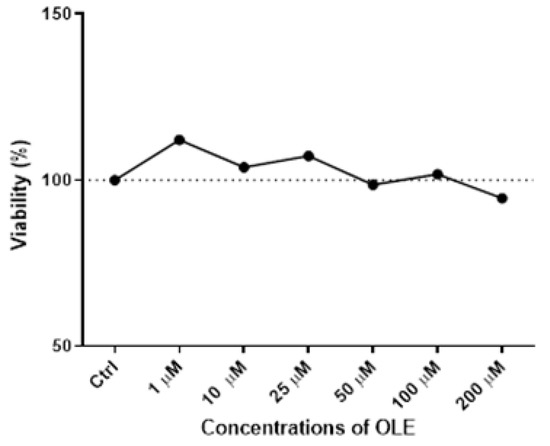Department of Pharmacology and Toxicology, Faculty of Pharmacy, King Abdulaziz University, Jeddah 21589, Saudi Arabia
Antioxidants 2023, 12(1), 60; https://doi.org/10.3390/antiox12010060 - 27 Dec 2022
Cited by 17 | Viewed by 3339
Abstract
Delayed wound healing is a serious complication of diabetes and a main reason for foot amputation. Caffeic acid phenethyl ester (CAPE) is a main active constituent of honeybee propolis with reported appealing pharmacological activities. In the current study, CAPE was loaded onto PEG–PLGA
[...] Read more.
Delayed wound healing is a serious complication of diabetes and a main reason for foot amputation. Caffeic acid phenethyl ester (CAPE) is a main active constituent of honeybee propolis with reported appealing pharmacological activities. In the current study, CAPE was loaded onto PEG–PLGA nanoparticles and showed a particle size of 198 ± 7.3 nm and polydispersity index of 0.43 ± 0.04. An in vivo study was performed to appraise the wound-healing activity of CAPE-loaded PEG–PLGA nanoparticles (CAPE-NPs) in diabetic rats. Wound closure was significantly accelerated in rats treated with CAPE-NPs. This was confirmed via histological examinations of skin tissues that indicated expedited healing and enhanced collagen deposition. This was accompanied by observed antioxidant activity as evidenced by the prevention of lipid peroxidation and the exhaustion of superoxide dismutase (SOD) and catalase (CAT) activities. In addition, CAPE-NPs showed superior anti-inflammatory activity as compared with the regular formula of CAPE, as they prevented the expression of interleukin-6 (IL-6) as well as tumor necrosis-alpha (TNF-α). The pro-collagen actions of CAPE-NPs were highlighted by the enhanced hyroxyproline content and up-regulation of Col 1A1 mRNA expression. Furthermore, the immunohistochemial assessment of skin tissues indicated that CAPE-NPs enhance proliferation and angiogenesis, as shown by the increased expression of transforming growth factor β1 (TGF-β1) and platelet-derived growth factor subunit B (PDGF-B). In conclusion, CAPE-loaded PEG–PLGA nanoparticles possess potent healing effects in diabetic wounds. This is mediated, at least partially, by its antioxidant, anti-inflammatory, and pro-collagen as well as angiogenic activities.
Full article
(This article belongs to the Special Issue Antioxidants in Human Health and Disease)
▼
Show Figures

